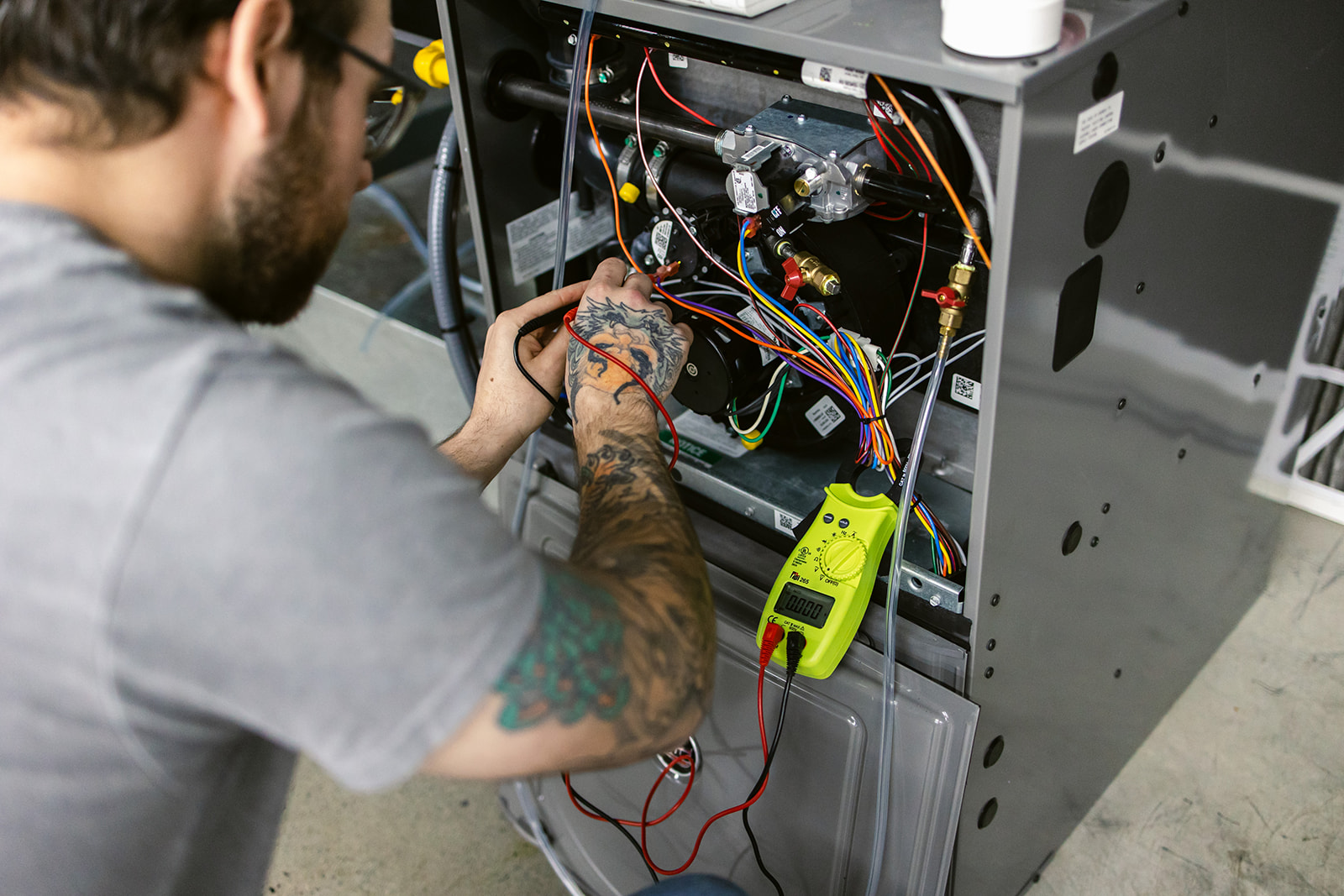Residential Steep Roofer
Residential
Steep Roofer

- How to read blueprints and interpret building codes
- How to use tools, roofing equipment, ladders and work platforms
- How to inspect and prepare roofs for repair and replacement
- How to measure, cut, shape, assemble, and join materials on site
- How to install built-in gutters, flat roofing and steep roofing materials
Residential Steep Roofers get to feel like they’re on top of the world. They thrive in challenging and physical conditions, adhering to top safety standards while building and repairing roofs.
As a Residential Steep Roofer, you’ll work at various angles and on diverse surfaces in all weather conditions. You’ll be very precise in this position, as your planning relies on a solid grasp of reading blueprints and making calculations to order, cut and install materials.
You’re comfortable working alone or as part of a team. You’re also comfortable using ladders while carrying heavy loads.
Program Updates
The Exam Breakdown is available for the Certificate of Qualification (CofQ) exam and shows the approximate percentage of weighting per General Area of Competency (GAC).
Program Information
Program Information
Challenge the Trade
Challenge the Trade
If you have significant work experience in a trade but have never been certified in Canada, you may apply to challenge the certification. Learn more about How to Challenge a Skilled Trade.
OR
If you sponsor apprentices but have never been certified in Canada, you may request to supervise and sign-off apprentices when they are ready to be certified. Please contact customer service for more information.
- Dexterity
- Good physical condition
- Comfortable working at heights
- Independent and collaborative
- Drawing, specifications and manual interpretation
To get certified, you will need to sign up for technical training at an approved training provider in addition to on-the-job training.
Visit Trades Training BC and EducationPlannerBC for a comprehensive list of what programs are available in your trade at public and non-public schools.
For a list of all approved non-public training providers, visit this page.


